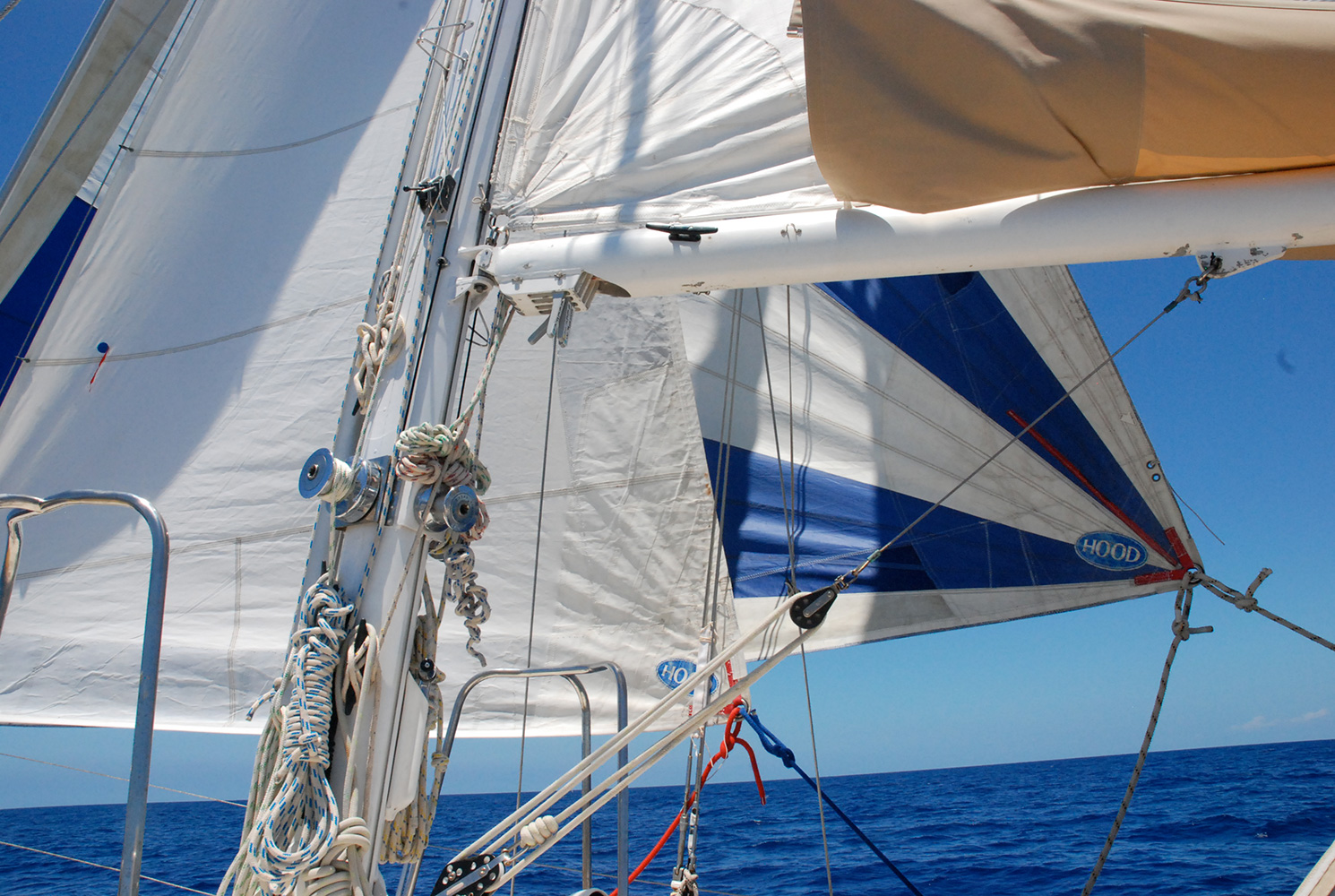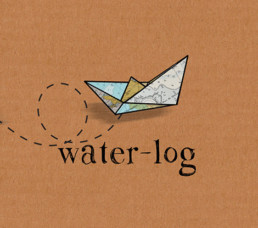Sailors, true sailors, know how to grab their moments. A mere ten knots of wind guarantees them swiftly casting off the lines or, for the truly skilled, stylishly sailing off the anchor, to go out and play in the light breeze. Strengthening winds don’t faze them and they will happily glide along, heeled over so far that you can see more keel than deck, in a sea frothing with white horses only to later remark nonchalantly at the local bar that it was “a little fresh out there today”.
Cruisers are, by and large, not as cool as sailors. We’re dreadfully fair-weather really. We reef early and sail cautiously. We sail for comfort, particularly with little ones on board. And, we make that crucial error of having a rough plan or direction that we hope with all our might that the weather will comply with. Quickly “nipping out” for a day sail if the conditions are favourable is a daunting prospect when you’re tied up in a marina with countless boat projects strewn across your main saloon or secure at anchor with a hefty amount of chain out and two snubbers on.
Having said all that we do sail as much as possible and try to let the wind do a lot of deciding for us. And of course the forecast that gives you the idea to go out may well not be what you encounter out on the water. Coastal sailing in particular often sees us dealing with unexpected wind in our faces rather than at our backs. “Why is it upwind, every time?” I lament as we adjust our sail plan and our ideas yet again. Even trade winds are not quite the constant creatures that we imagine them to be. Our cruising of the south coast of Cuba, from east to west, seemed to give us nothing but upwind passages when we imagined gorgeous downwind trades carrying us along. Journeying westwards along the south Pacific’s ‘coconut milk run’ often had us tackling bizarre westerly winds that would hold us in harbour for days.
Even without using the autopilot and before we installed our Hydrovane we could merrily fly on, perfectly balanced upwind without touching the helm if the conditions were right. I remember a passage we did across the Caribbean sea that was meant to be a four or five day stretch downwind. However, the forecast proved wrong and it turned into nine days of tacking upwind. But we didn’t mind a bit, the conditions were lovely, the wind strength was just right, and, with the boat balanced and content we were able to enjoy the extra time. I think I read four books on that journey!
The wind is a rather fickle mistress. And, even when you do get it in the right direction, the strength can by frustratingly flukey. It’s not really surprising when the ideal amount of breeze is really only between about 12 and 18 knots. Sure, we’re happy to sail in far more than that, well-reefed and even slightly de-powered if needed for comfort, romping along in 30. And yes, if we really have to, we might pop the engine on for a short passage in far less. But the most relaxing, luxurious and enjoyable sailing for us has to be when we can have our whole main and headsail out, maybe even slinging up our staysail on the inner forestay to run as a cutter. And, for this boat, laden with the stuff of cruising life, that state can only really happen in that narrow 6-knot margin that roughly relates to a force 4.
It’s hilarious how stubborn James and I can get about trying to squeeze every last scrap of a knot of speed out of a dying wind. We’ve been known to put up bits of extra sprayhood or even an awning to help try to carry us along before succumbing to using the motor. After all, in a vessel that trips along at around 5 knots an hour on a good day, it’s not as if we’re in a hurry.
Just like those true sailors, we cruisers will still seek out and aim for that idyllic sail: sometimes as more of an ultimate goal than even the destination. Because maybe, just maybe, if the weather gods are smiling and you do manage to get the perfect wind, then the magic of the boat, canvas and crew all happily doing what they want to, is an exceptional prize to be won. No matter how elusive a prize it actually is.

